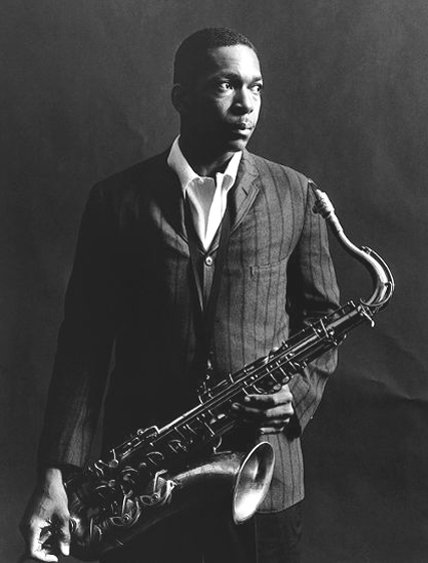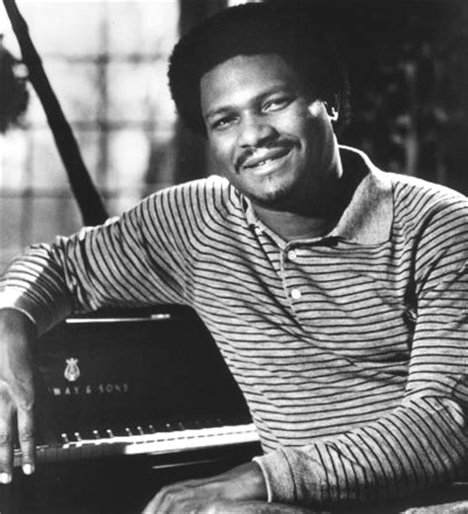Love
John Coltrane and Pharoah Sanders (tenor sax), McCoy Tyner (piano), Jimmy Garrison (bass) and Elvin Jones and Rashied Ali (drums). From the album Meditations (1966).
NOTE
Although the five tracks that make up this album are difficult to listen to, I invite you to at least read the texts, as they contain the biography of John Coltrane, one of the most fundamental musicians in the history of jazz.
Coltrane had experienced a profound personal transformation during the time he had not been with the band and quit smoking, alcohol and narcotics, so in 1958 he came back with Davis. The group became a sextet due to the incorporation of alto saxophonist Julian “Cannonball” Adderley and recorded such significant albums as Milestones and Kind of Blue. Jazz critic Ira Gitler invented the term “sheets of sound” to describe the technique Coltrane devised with Monk and improved with Davis’s sextet. It was about combining high speed arpeggios and scale patterns with notes that ranged from the lowest to the highest registers, giving the themes a fluidity and rhythmic continuity that had never been heard before.

In 1959 he recorded Giant Steps for Atlantic Records with his own compositions and in whose title track he used difficult chord progressions known as “Coltrane changes”. After a tour for Europe in 1960, he left Davis and formed his own quartet, composed by himself, McCoy Tyner on piano, Steve Davis on double bass and Elvin Jones on drums.

DISCLAIMER
This composition is atonal and have neither established harmony nor rhythm, that is, each musician plays to his free will. It’s hard music to listen to, so I apologize in advance to those who may dislike it.
The introduction consists of a calm and very well articulated Garrison solo introducing chords in between. Then Coltrane comes in and later the rest of the group in complete atonality. Coltrane plays a relaxed and reflective melody that is not influenced by the disorder that accompanies him below. He shows absolute confidence and serenity using for a while a motif that he repeats in different tonalities and then returns to his transcendent and mature discourse until the musical piece finishes fading out.
